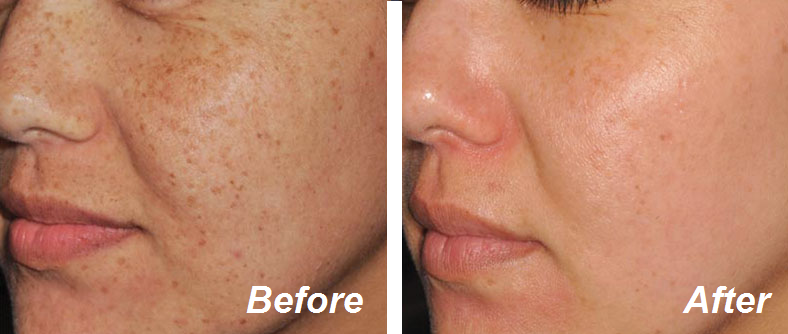
Pigmentation means coloring. Skin pigmentation disorders affect the color of your skin. Your skin gets its color from a pigment called melanin. Special cells in the skin make melanin.
Hyperpigmentation isn’t necessarily a condition but a term that describes skin that appears darker. It can:
- occur in small patches
- cover large areas
- affect the entire body
While increased pigmentation usually isn’t harmful, it can be a symptom of another medical condition. Learn about types of hyperpigmentation, causes, and how to treat it.
There are several types of hyperpigmentation, the common ones being melasma, sunspots, and post-inflammatory hyperpigmentation.
- Melasma. Melasma is believed to be caused by hormonal changes and may develop during pregnancy. Areas of hyperpigmentation can appear on any area of the body, but they appear most commonly on the stomach and face.
- Sunspots. Also called liver spots or solar lentigines, sunspots are common. They’re related to excess sun exposure over time. Generally, they appear as spots on areas exposed to the sun, like the hands and face.
- Post-inflammatory hyperpigmentation. This is a result of injury or inflammation to the skin. A common cause of this type is acne.

How does Laser Pigmentation Removal work?
Our Laser Technique produces a wavelength of high energy light, which is then converted into heat energy. This can target the specific area of pigmentation because the laser is absorbed only by cells containing an excessive concentration of pigmentation. This causes efficient destruction while leaving the surrounding tissue undamaged.

Benefits of Pigmentation Removal with LASER
- Can minimize and eliminate the appearance of pigmentation
- Treats body and facial areas
- Minimal side effects and recovery time
- Make-up can be worn after treatment


